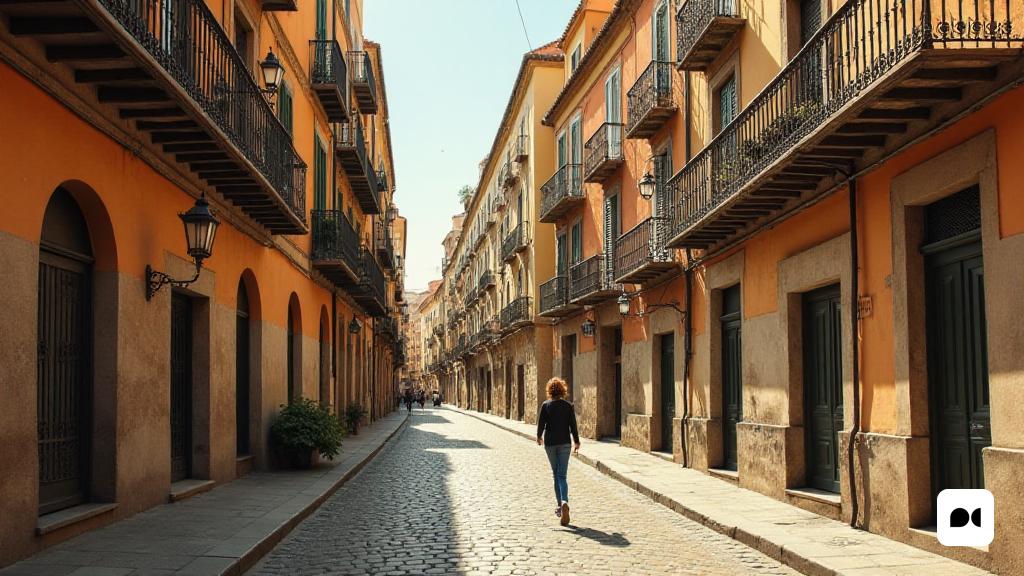A sensory journey through the memory
Ramon Solsona, in his latest work, ‘Carrer de la Chocolate’, invites us to take a tour of his childhood and youth in Gràcia, in an age marked by the simplicity and immediacy of memory. Unlike his previous work, ‘Some time ago’, which explored the experiences of a family for half a century, here Solsona delves into more intimate memories, activating the senses and evoking moments that resonate with a unique emotional force.
The strength of words and emotions
The smell of the Cola Cao factory, the voices of the non-do and the melodies that sounded on the radios of the time become the backdrop of a narrative rich in nuances. Solsona not only narrates, but also plays with language, revitalizing expressions that have fallen into disuse and defending the richness of Catalan in the face of linguistic homogenization. Through these recoveries, it offers us a fresco of an age that can be lost if it is not preserved carefully.
A polyphony of shared memories
The book is presented as a choral work, where Solsona’s experiences merge with those of his family, creating a basket of anecdotes that connect with each other. The proximity between neighbors and relatives in those years is one of the central topics, reflecting a community where the borders between private and public life were diffused. Improvised lunches and visits without warning were common, weaving a social network that may seem unusual today.
A testimony to the political past
In addition to being a tribute to Gràcia, ‘Carrer de la Chocolate’ serves as a political document that examines the Catalan identity through the dark years of the Franco regime. Solsona reflects on the legacy of his ancestors, including his grandfather, who experienced the contradictions of politics of the time. His words remind us how personal story is mixed with the collective, creating a narrative that resonates with the struggle for identity and memory.
The connection with the previous work
Readers who have followed Solsona in other books will find in this work a thematic and emotional continuity. References to figures of his childhood and moments of his previous life enrich his narrative, creating a sense of cohesion that emphasizes his evolution as a writer. The teleclubs and memories of an organist grandfather, who appear in other works, are intertwined in a literary fabric that brings depth and context.
A live literary legacy
With ‘Carrer de la Chocolata’, Solsona not only gives us a nostalgic look at the past, but also offers a reflection on the present and future of Catalan literature. Its prose, rich in vivid details and images, invites us to explore our own memory, remembering that every word, every memory, is a piece of the great puzzle that forms our collective identity.

